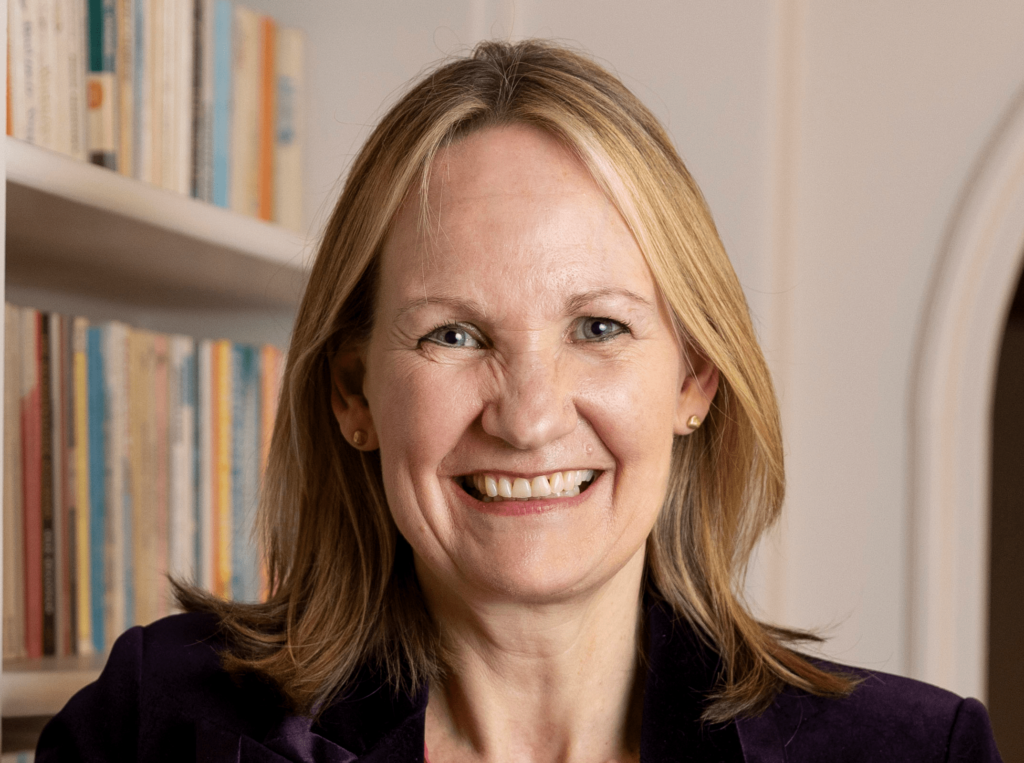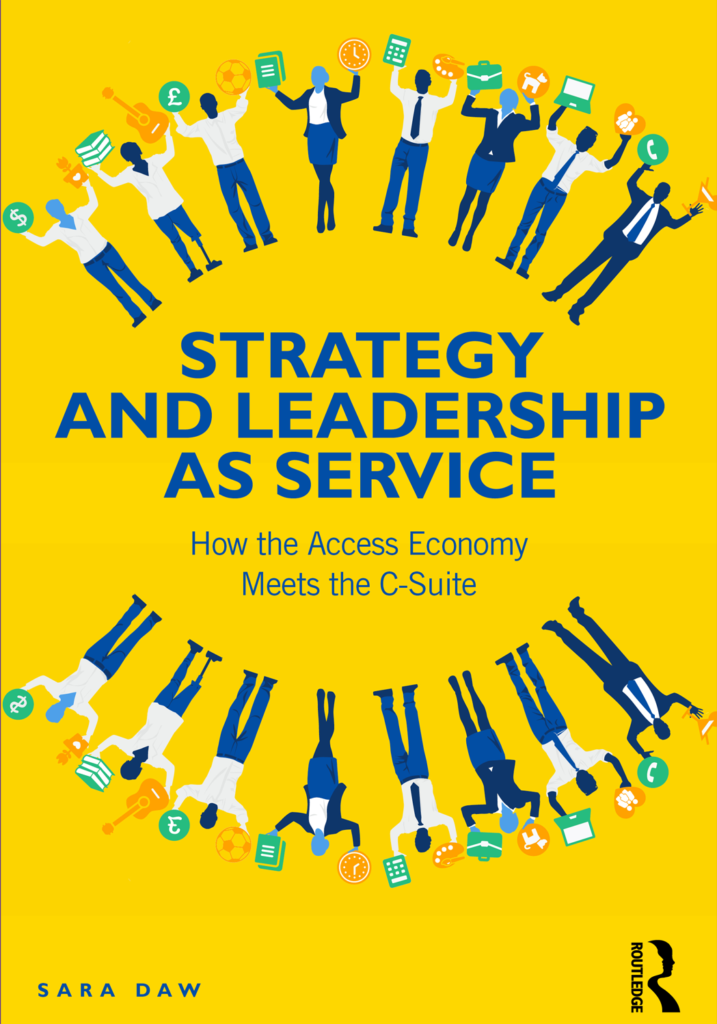Corporate leadership expert Sara Daw reveals a win-win for experienced executives looking for a new, more varied challenge and businesses looking to inject some much needed seniority
The demands on today’s executives have never been higher. They’re expected to deliver value, have knowledge across a huge range of topics, and be an excellent leader and people manager. It’s no longer feasible to have all the skills required for a successful business wrapped up in a single individual or small team, and human capabilities are being stretched to their limits, which is why we’re seeing rising burnout rates and genuine discussion around the needs for wellbeing and mental health initiatives at work.
But increasing the size of an executive team comes with its own set of challenges. It’s not cheap – according to the ONS the average gross pay for a full-time CEO is approximately £97,083 per year – and hiring the wrong person can be a costly mistake. One study found that the cost of replacing a mis-hire at the executive level can be up to a whopping 213% of their annual salary, not only in the direct costs of recruitment, onboarding and severance pay, but also the indirect costs such as lost productivity, decreased employee morale and potential damage to the company’s reputation.
The good news is that there is a viable answer to both these issues, found in a hidden career path that’s rapidly becoming more visible: the fractional executive.
A new type of freelancer
Fractional executives are senior professionals who have pivoted from their full-time roles to a freelance career, jettisoning the traditional single job for multiple simultaneous roles or projects.
Once a rarely-heard of job title, fractional executives are fast becoming a critical part of modern C-suites as the demand for top-level capability intensifies, particularly for mid-tier and growth businesses. In fact, there were 110,000 individuals on LinkedIn in 2024 who identified themselves as fractional leaders, compared with just 2,000 two years ago.
This type of role provides world-class expertise to businesses as needs arise, relieving the burden on overstretched executives internally. At the same time, it offers the fractional executive a significantly improved work-life balance, the flexibility to decide their own workloads, and the chance to work with a variety of clients who need their valuable skills on an on-demand basis.
“Business owners are increasingly realising the benefits of accessing freelance executives”
Filling a specific gap
Before the emergence of fractional executives, there were limited and often suboptimal options for filling critical leadership gaps in organisations. Businesses could hire a full-time C-suite professional, but this wasn’t always a financially sustainable option, and finding the right person for the role wasn’t easy either. Another option was to employ a more junior professional, but this person frequently lacked the necessary skills and experience to be truly effective in the role.
Some businesses used external consulting agencies, such as accountancy firms, to get the services they needed, though these rarely matched the depth or strategic value of in-house leadership. Others decided to take on the responsibilities themselves, even when they lacked the required expertise, but this wasn’t a viable or productive approach. In many cases, businesses just missed out on the skill set altogether, which often resulted in weaker performance and missed growth opportunities.
Then the pandemic hit, which forever reshaped our relationship with work, notably the adoption of remote and hybrid working. It’s this shift that has been a key driver in the growth of fractional executive roles. Pre 2020, many organisations wouldn’t have considered hiring an executive who couldn’t report to the office full-time. Fast forward to now and the world of work is unrecognisable, with video calls and file sharing meaning work can pretty much be done from anywhere in the world.
What’s also supporting the rise of fractional executives is the need for agility in today’s ever-shifting business environment. Inflationary pressures, skills shortages, tariff uncertainty and unprecedented geopolitical volatility are just some of the issues that businesses have had to deal with in the last few years, making the flexibility of fractional working even more attractive.
It’s no wonder this previously hidden career path is becoming so popular and having such an impact. Business owners are increasingly realising the benefits of accessing freelance executive talent when, where and how they need it, at the same time that leaders are finding the lure of this type of role increasingly attractive.
A chance to realign priorities
There are many reasons why executives are pivoting to a fractional career. Today’s uncertain and pressurised workplace has created an environment with a relentless agenda, leaving many executives disillusioned. The fractional life offers a chance to step away from this, realign life priorities and work on interesting and varied projects. Executives have the opportunity to use their extensive knowledge and expertise to bring real value to those who need it most.
A better work-life balance is often cited by executives as their reason for taking the fractional career path. Whether this stems from caring responsibilities, health reasons, the desire to travel more or simply more time for personal projects, there’s no doubt that fractional working allows executives to find a better blend between work and home life.
It can also be attractive for those who enjoy the buzz of working with a range of businesses, as it allows them to flex their different skillsets and tackle new challenges. Many report finding it satisfying to use their success to help other business owners achieve their own.
The financial benefits are a definite attraction, too, with 60% of freelancers earning more than in their previous full-time role – however, it’s important to remember that this high day rate also has to cover time spent securing contracts and relationship management, as well as all the extras that a salaried role covers such as holiday pay, sick pay and pension contributions.
An agile response to a variety of needs
Alongside the long list of reasons why executives are choosing this career path, there’s an accompanying one of why so many companies are deciding to work with a fractional executive.
The first and most obvious one is price: fractional working gives organisations easy access to executive talent in a much more cost-effective and agile way. Many entrepreneurial and growing businesses don’t need, don’t want and can’t afford full-time C-suite executives. With their fractional counterparts, however, they can access specialised expertise on a cost-effective basis, allowing them to scale strategically without the overheads of full-time executives, and get the right amount of support they need for each stage of growth.
For larger organisations, it’s becoming harder to find the skills and knowledge required to fulfil all the obligations of a functional C-suite with a fixed group of individuals. A fractional role gives this type of business the ability to hire specialised skills at an executive level that aligns perfectly to their requirements, but without any long-term commitment. This has both financial advantages and competitive advantages, allowing a business to respond to needs as and when they arise.
“Knowing that these fractional executives aren’t looking to take over their roles can be reassuring for the existing executive team”
These fractional executives know what they’re doing: over 72% have a minimum of 15 years of experience at a senior level. This means they can instantly understand a situation and start work without the need for lengthy onboarding or training. Yes, they’re technically freelance, but they can speak the language of investors, know how to turn data into action, and take their place confidently at the executive table. The result? An instant boost in senior capacity.
Another advantage is gaining access to agile talent strategies. Fractional executives bring wider perspectives, access to their networks and, most importantly, cutting-edge skills. They can tackle issues as they arise and get ahead of problems, meaning an organisation won’t get caught out or lag behind the competition.
As well as plugging specific gaps, fractional executives can also be used as “twins” to work in tandem with an existing executive. This can widen an organisation’s bandwidth, or solve a specialist issue with expertise that isn’t currently in-house.
Knowing that these fractional executives aren’t looking to take over their roles can be reassuring for the existing executive team. It’s a non-threatening way to bring in experienced talent that matches the needs of the business while still retaining control at all times. In fact, parameters such as length of hire can be built into the fractional executive’s contract from the offset.
The future is fractional
Now that so many executives are embracing the fractional working model, we can see it’s no longer just a short-term response to economic conditions, but a broader shift in how modern businesses can build their leadership capacity – and one that’s here to stay.
The C-suite of the future needs to look very different to traditional models, so the flexibility of fractional working is a perfect match: cost-effective, efficient, agile. The stats also show that this model of working is successful, and if ongoing market trends are any indication, the demand for fractional leaders is only likely to grow, particularly as macroeconomic conditions remain uncertain. The fractional executive won’t be a hidden career path for long: it’s set to become an essential part of the modern leadership landscape, and redefine how companies scale and succeed.

About the author
Sara Daw is Group CEO of The CFO Centre and The Liberti Group, and the author of Strategy and Leadership as Service – How the Access Economy Meets the C-Suite, which explores the fractional leadership trend.


